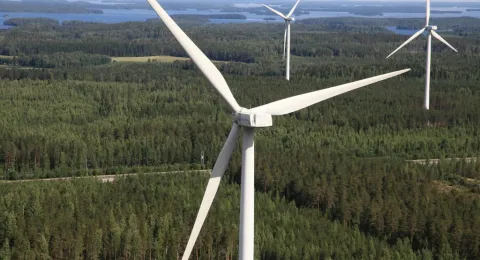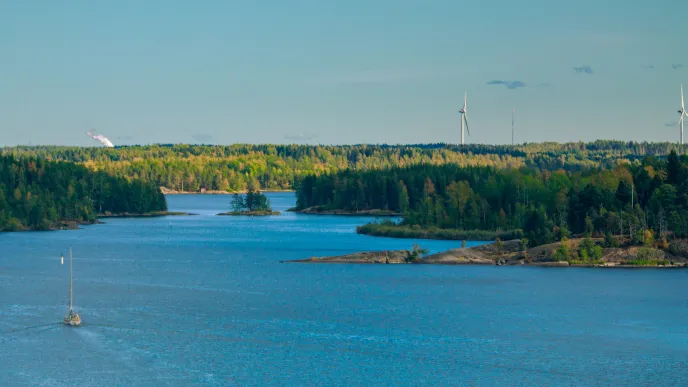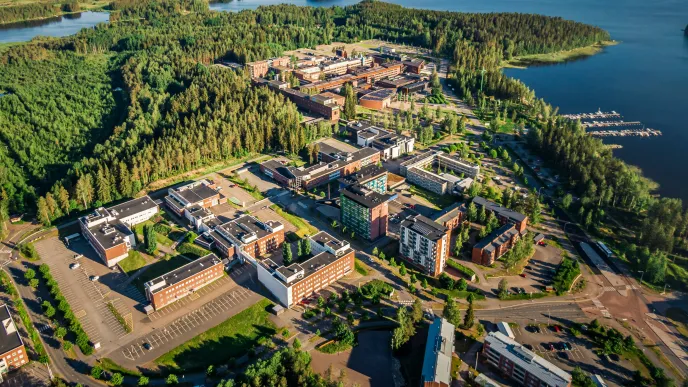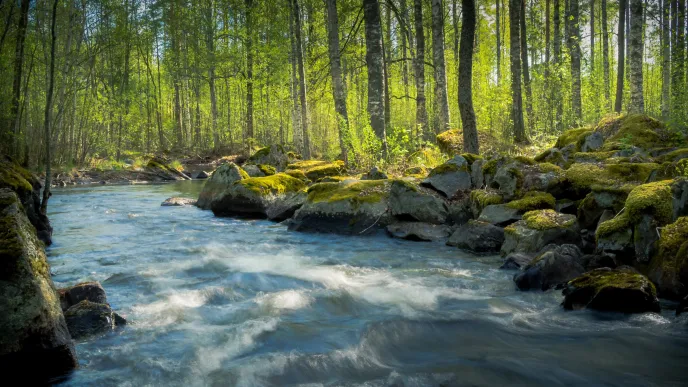Climate change awareness and concerns have increased renewable energy investments around the globe. Finland and Sweden, due to their large surface area, favourable conditions, political stability and advanced infrastructure, have the greatest potential for low-cost renewable energy investments in the EU.
“We're seeing a great many wind and solar power investments and fuel and chemical plant projects that are utilizing emission-free electricity. Fingrid assesses that these investments will double Finland's current annual electricity generation by 2030,” says Esa Vakkilainen, professor of energy technology at LUT University.
LUT’s researchers estimate that transmitting renewable energy from the Nordics to Central Europe is not cost-efficient. Instead, energy should be processed upstream as close to its production site as possible.
“The renewable energy potential in Finland and Scandinavia as a whole could meet a large part of the EU's energy needs, consolidating the Nordic countries’ position in the EU's energy and industry cluster.”
Fossil-free industry requires electricity
Industry has traditionally set root where electricity has been available: the forest industry near hydropower sources and the steel industry near coal mines. Therefore, Germany – a leading industrial nation in Europe – and its neighbouring countries are especially dependent on fossil gases.
Research Director Petteri Laaksonen points out that fossil raw materials can be substituted by electrically produced hydrogen and its downstream products.
“Fossil-free industry requires electricity, making the price of electricity a key factor in competitiveness. As a result of the energy transition, European industry is facing major changes in terms of organisation and location, because inexpensive natural gas is no longer an option.”
Finland has a unique opportunity to utilise renewable energy in the production of green methanol.
“Bio-based carbon dioxide from forest industry by-products can be a valuable raw material in methanol production, adding significant value to industry and export,” Laaksonen analyses.
Nordic countries need to collaborate
A quick transition from a fossil industry to a sustainable one is vital in combating climate change. Dean Olli Pyrhönen emphasises that Finland and the other Nordic countries could blaze the trail for Europe in this respect.
“The Nordic countries need to cooperate closely in order to reach their goals. Industry renewal and stronger competitiveness are essential in ensuring well-being and security.”
“That's why opportunities stemming from the European industry reform should be front and centre in Finland's long-term industry policy strategy. Nordic collaboration could lay a strong foundation for sustainable growth and increase the area’s financial and political clout in Europe,” Pyrhönen sums up.
Background: The focus should be on energy efficiency instead of decreasing energy consumption
- Finland’s energy efficiency strategy is based on the electrification of industry and society and on increasing the production of emission-free energy, such as clean hydrogen.
- Finland and Sweden are paving the way in the energy transition, but meanwhile, the EU is preparing amendments to its energy efficiency directive that may endanger Finland’s 2035 climate targets.
- The EU's energy efficiency directive is a legislative tool that defines energy efficiency targets and obligations for the member states.
- Finland has voiced concerns that the amendments to the directive do not take the country's need for flexibility into consideration in the 2035 carbon neutrality target. Throughout the negotiations, Finland has stressed that the directive should encourage energy efficiency instead of reducing energy consumption.
More information:

Panu-Petteri Laaksonen






